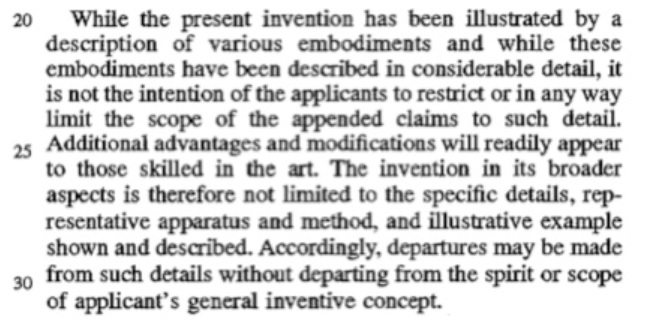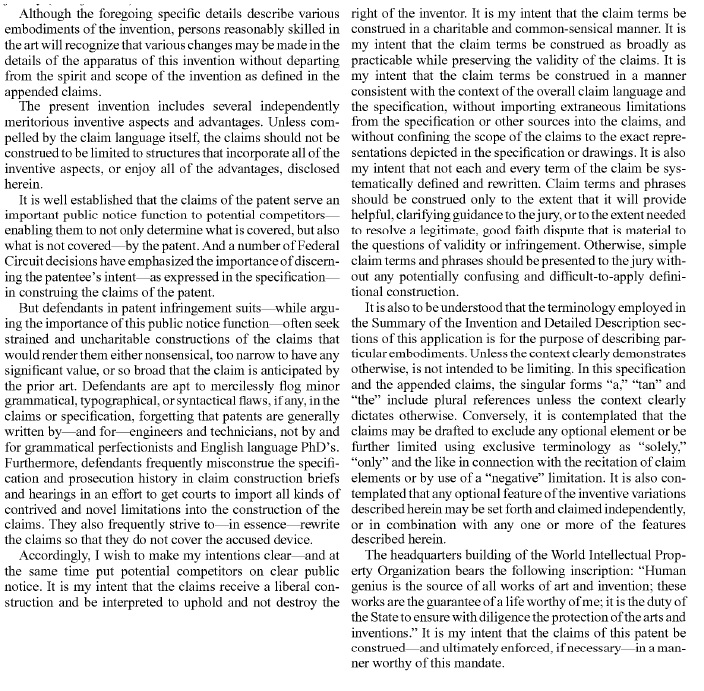In Dell Inc, v, Acceleron, LLC, [2015-1513, -1514](March 15, 2016) the Federal Circuit affirmed the confirmation of claims, but remanded the cancellation of two claims for reconsideration in view of corrected claim construction. At issue was the claim language “a microcontroller module and a dedicated ethernet path, wherein the dedicated ethernet path is separate from a switched fast ethernet connection and provides the microcontroller module with a connection to remotely poll the CPU module, the power module and the ethernet switch module.” The Board concluded, that it is enough that there be an ethernet path that would provide a connection for polling if the microcontroller were configured for, and engaged in, remote polling of the three identified modules. The Federal Circuit held that this construction runs counter to the claimconstruction principle that meaning should be given to all of a claim’s terms, denying any substantial meaning to “remotely poll.”
Also at issue was the anticipation of the claim limitation “caddies” which the Federal Circuit found was first identified in the reference during the oral argument before the Board. The Federal Circuit vacated the finding of anticipation because the Board denied the patent owner notice and a fair opportunity to respond to this basis of cancellation. The Federal Circuit explained that a patent owner is undoubtedly entitled to notice of and a fair opportunity to meet the grounds of rejection. The Federal Circuit said that for a formal adjudication like the inter partes, the APA imposes particular requirements on the PTO. The agency must timely inform the patent owner of the matters of fact and law asserted (5 U.S.C. § 554(b)(3)), must provide all interested parties opportunity for the submission and consideration of facts and arguments and hearing and decision on notice, (5 U.S.C. § 554(c)), and must allow a party to submit rebuttal evidence as may be required for a full and true disclosure of the facts, (5 U.S.C. § 556(d)). The Federal Circuit noted that the PTO has advised participants in its Board proceedings that, at oral argument, a party may only present arguments relied upon in the papers previously submitted, and that no new evidence or arguments may be presented at the oral argument. However, the Federal Circuit found that the Board denied the patent owner its procedural rights by relying in its decision on a factual assertion introduced into the proceeding only at oral argument, after the patent owner could meaningfully respond.


